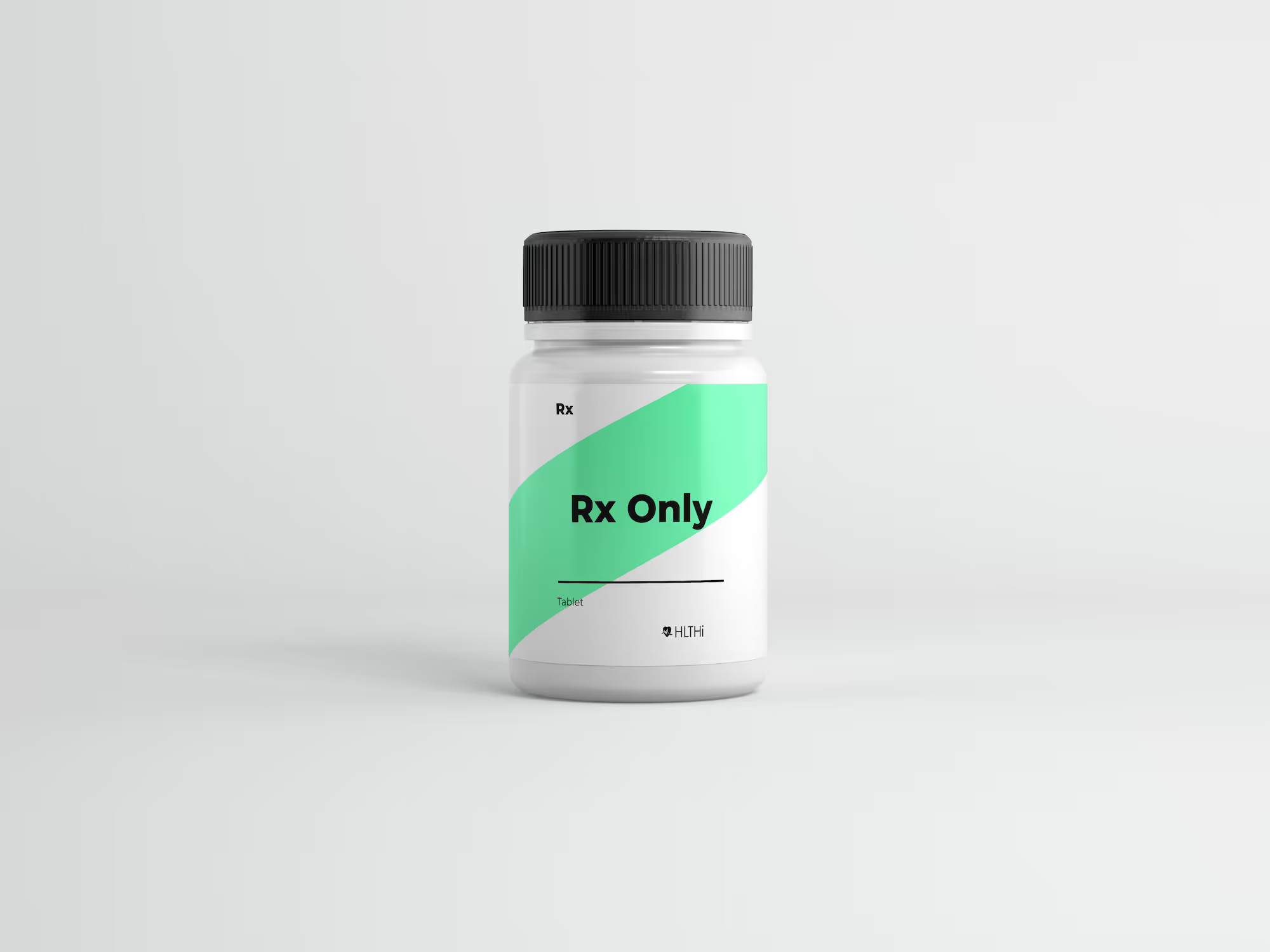Low Libido? Reignite Desire by Treating Low Testosterone
Estimated wait time: 25 minutes or less

WHY LOW T CRUSHES LIBIDO
Testosterone is the primary driver of sexual desire in men. When levels drop below 350 ng/dL, neurotransmitters that spark interest—dopamine and nitric oxide — plummet, morning erections decline, and response to erotic stimuli weakens.
Common triggers include aging, obesity, sleep apnea, chronic stress and certain medications (SSRIs, opioids).
SUCCESS METRICS
Tracking your TRT progress is straightforward with our clear success milestones.
In the first 2–4 weeks, you’ll often notice more spontaneous and morning erections as your hormone levels stabilize. By weeks 4–6, consistent sexual thoughts and renewed interest become the norm, and between weeks 8–12, you’ll experience firmer erections and enhanced orgasm satisfaction.
These time‑based benchmarks give you and your provider concrete feedback so you can see—and celebrate—your gains every step of the way.
Week 2–4
↑ frequency of spontaneous & morning erections
Week 4–6
Week 8–12
Improved erection firmness and orgasm satisfaction


SIGNS IT’S LOW‑T (NOT JUST STRESS)
These key markers help you and your clinician distinguish true hormonal deficiency from other factors. Fewer than three spontaneous morning erections per week is a strong sign of androgen deficiency, while a combination of reduced libido and increasing belly‑fat often points to low testosterone compounded by insulin resistance.
If your intimate relationships remain healthy but your interest wanes, psychological causes may be at play. Finally, definitive lab values—total T under 350 ng/dL or free T below 9 ng/dL—provide the objective confirmation needed to guide an effective treatment plan.
Morning erections <3 per week
Androgen deficiency
Libido drop + belly‑fat gain
Normal relationship but disinterest
Hormonal vs. psychological
TotalT < 350 ng/dL or FreeT< 9 ng/dL
Lab confirmation
TRT TREATMENT OPTIONS
HLTHi offers a range of testosterone replacement therapies to fit every lifestyle and treatment goal, all at our transparent, wholesale cost. Whether you prefer the precision of weekly injections or the convenience of a daily topical gel, we’ve got you covered.
For men focused on fertility, oral therapies like enclomiphene or clomiphene help boost your body’s own testosterone production, while hCG injections preserve testicular function. And when estrogen control is needed, low‑dose aromatase inhibitors can be added to fine‑tune your hormone balance.
Whatever your priorities—ease of use, dosing accuracy, or fertility support—HLTHi delivers medical‑grade treatments delivered right to your door.
*Prices fluctuate with pharmacy supply; we always pass through wholesale cost.
HOW HLTHi TREATS LOW‑T LIBIDO ISSUES
From your first click to ongoing follow‑ups, the entire process is handled through our HIPAA‑secure platform. No waiting rooms, no unnecessary appointments just evidence‑based care delivered to your schedule.
Step 1.

Step 2.
Step 3.
Already have labs? Securely upload them during the visit.
Need new labs? We e‑order a panel through Quest Diagnostics; average turnaround is 24‑48 hours.
Step 4.
Step 5.
PRICING PREVIEW
HLTHi makes getting started simple and budget‑friendly: for just $9.99/month you unlock the platform, a $49.99 video visit connects you with a provider, and you pick the therapy that suits you—either a 10‑week vial of testosterone cypionate ($65) or a 30‑day supply of enclomiphene ($95)—plus essential labs at Quest’s cash rate ($65–$95).
All told, your first‑month outlay lands between $190 and $260, with no hidden fees and everything transparently priced up front.
Membership / Platform
Our Cost: $49/mo
Competitors: $99–$150 mo
Provider Visit (every3 mo)
Competitors: $150 - $250 every 4 weeks
Testosterone Cypionate (10 wk)
Our Cost: ~$90
Competitors: $150-$200
OR Enclomiphene (30 days)
Our Cost: ~$95
Competitors: $150-$200
Supplies (needles, wipes)
Our Cost: ~$60
Competitors: $120+
3-Month Total
Our Cost: $120 - $260
Competitors: $700+

Common questions you may have about low libido
How fast can TRT fix low libido?
Most men notice a return of morning erections within 2–3 weeks of reaching mid‑range testosterone.
Subjective desire and fantasy frequency typically rise by week 4–6, once androgen receptors in the limbic system up‑regulate. For 20 % who don’t feel a libido surge by week 8, causes like elevated prolactin, antidepressant use, or relationship stress may need separate attention. HLTHi re‑tests labs at 90 days and screens prolactin and thyroid to rule out secondary factors.
Will I need Viagra in addition to TRT?
Your provider can e‑scribe tadalafil, pick-up at local pharmacy.
.svg)